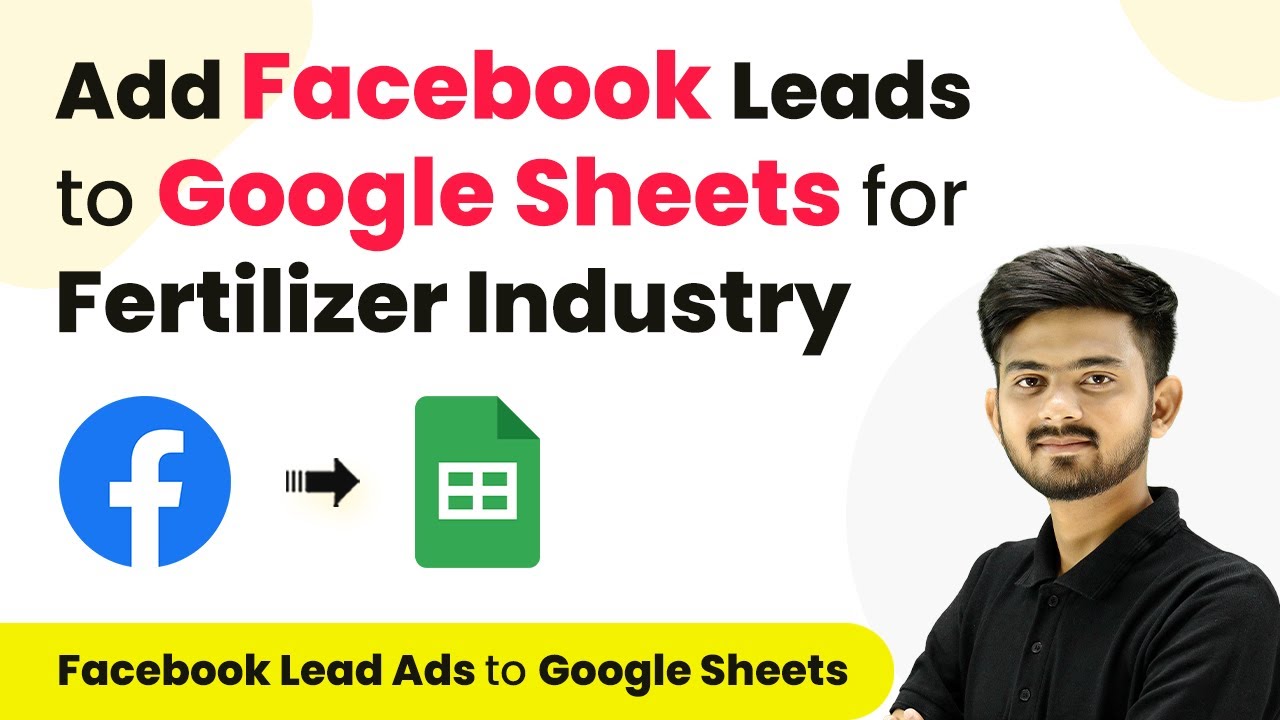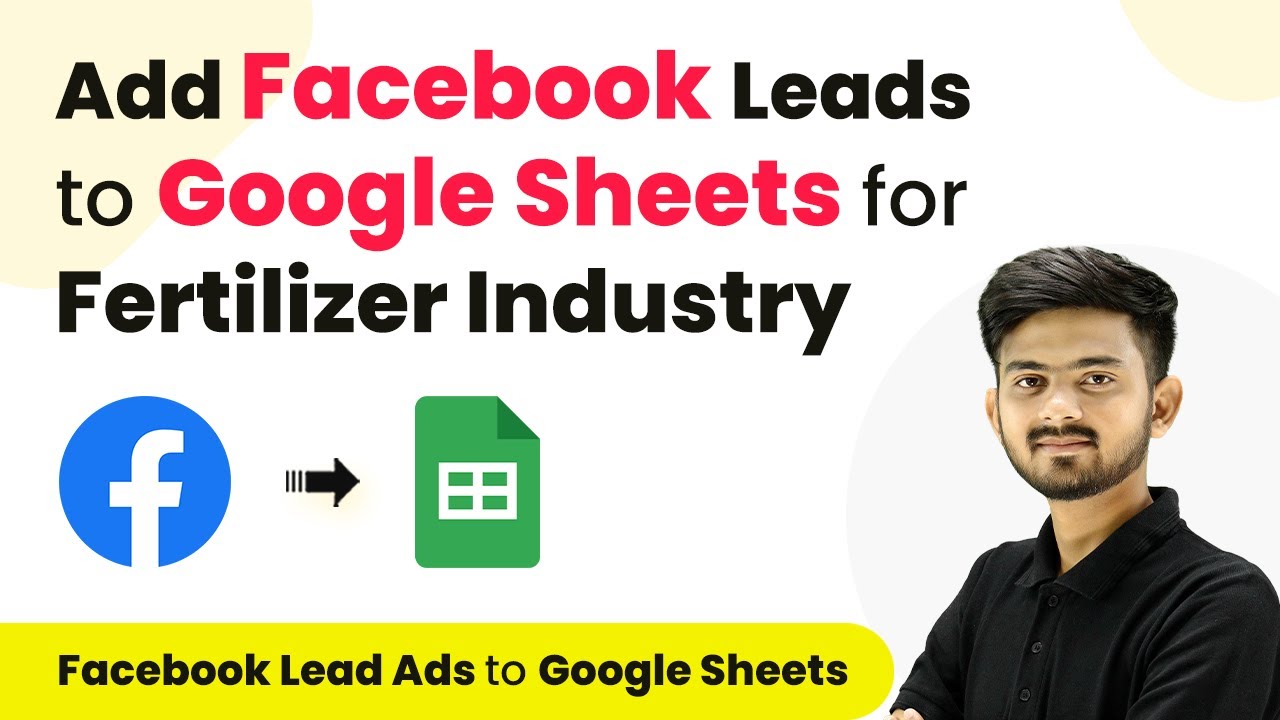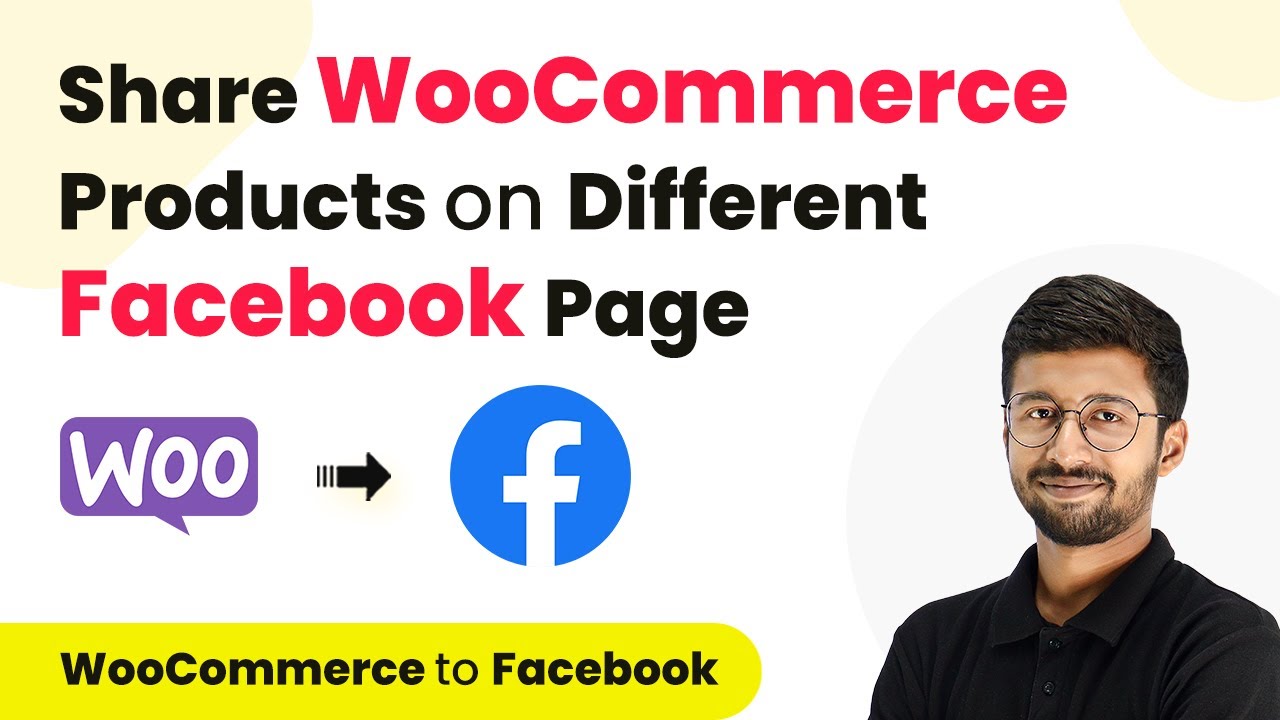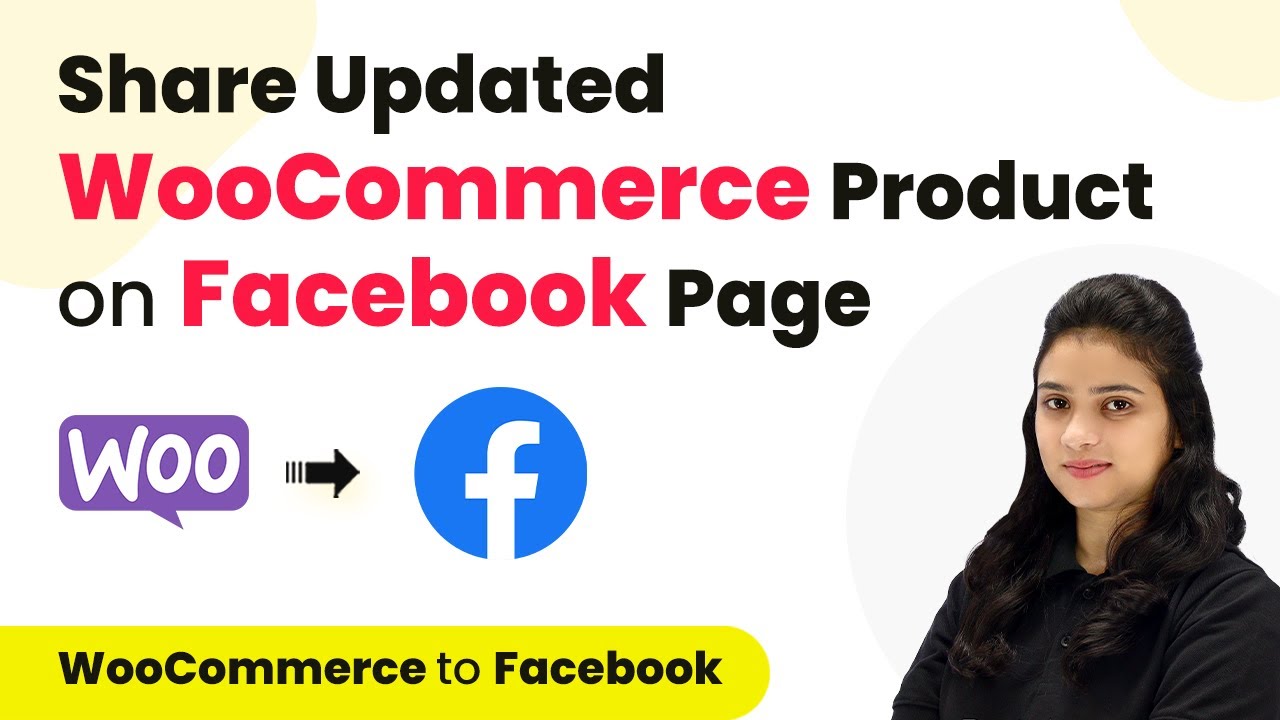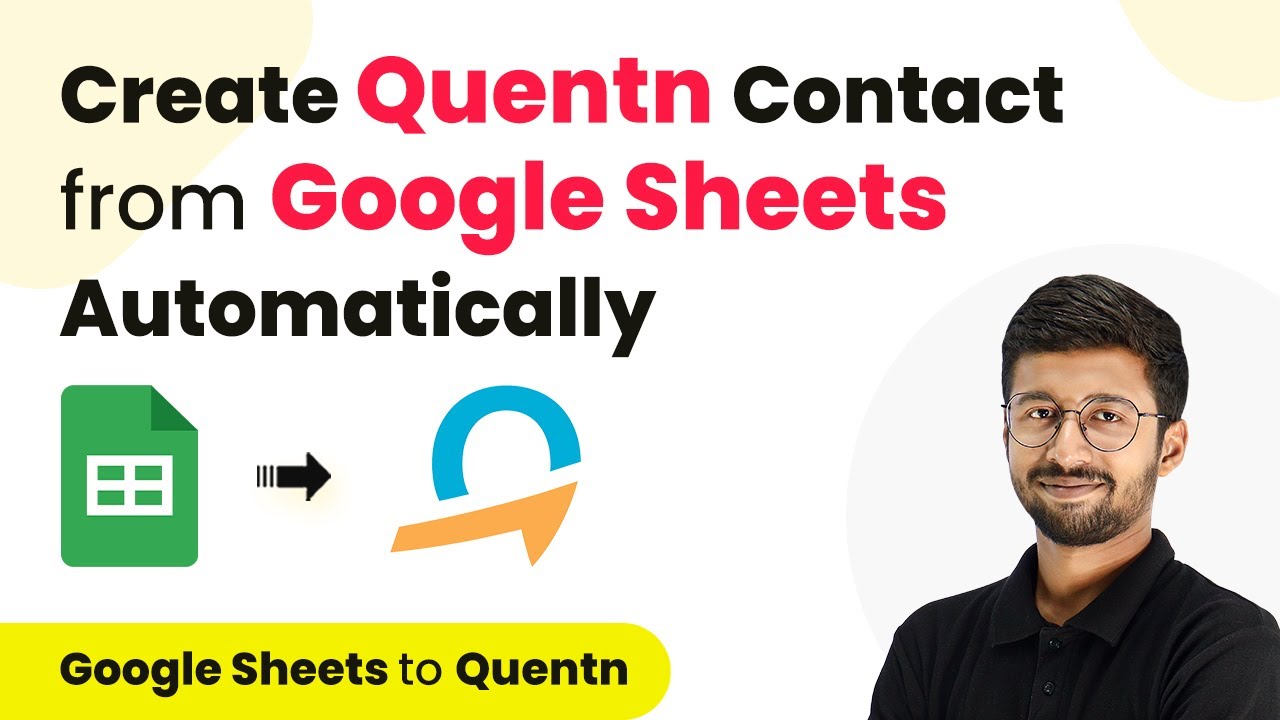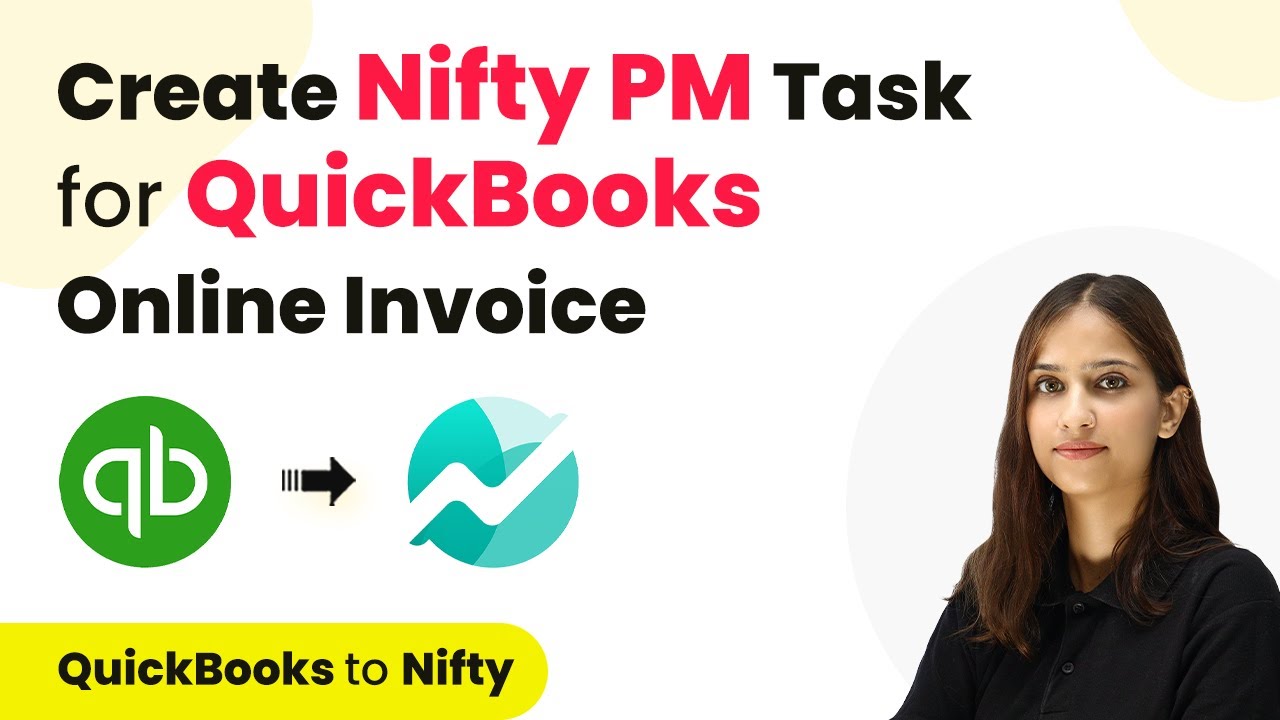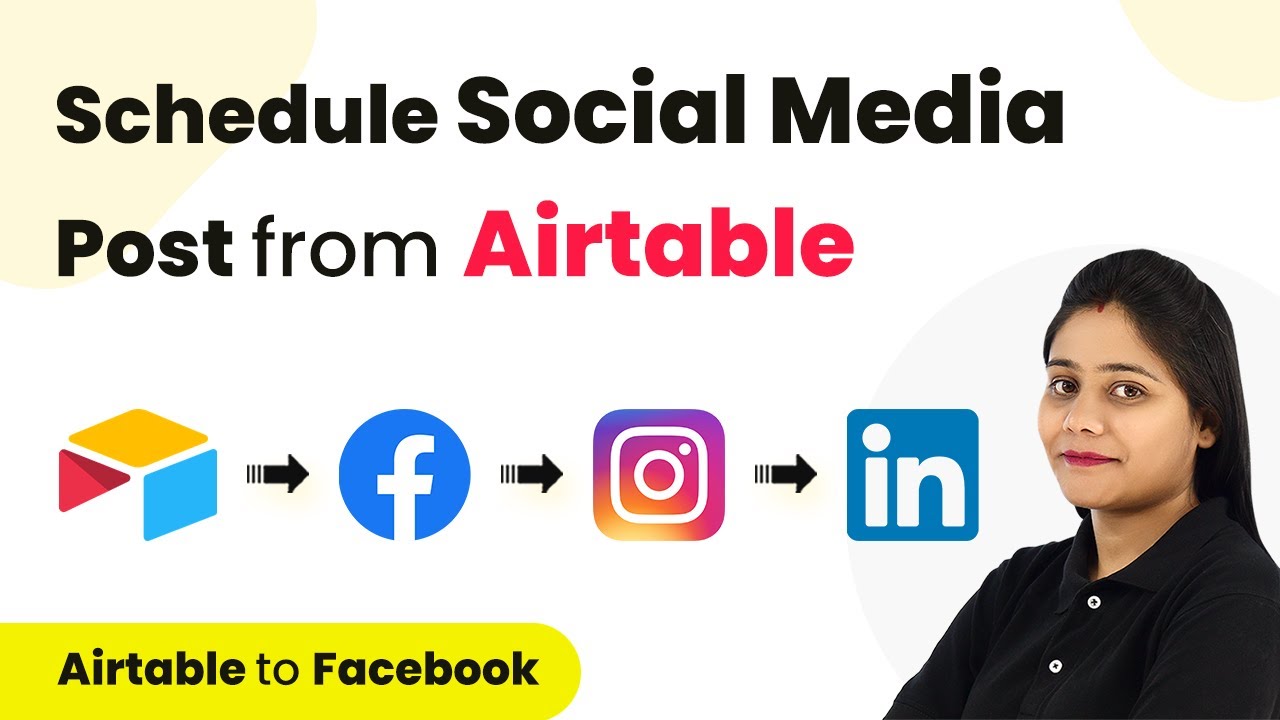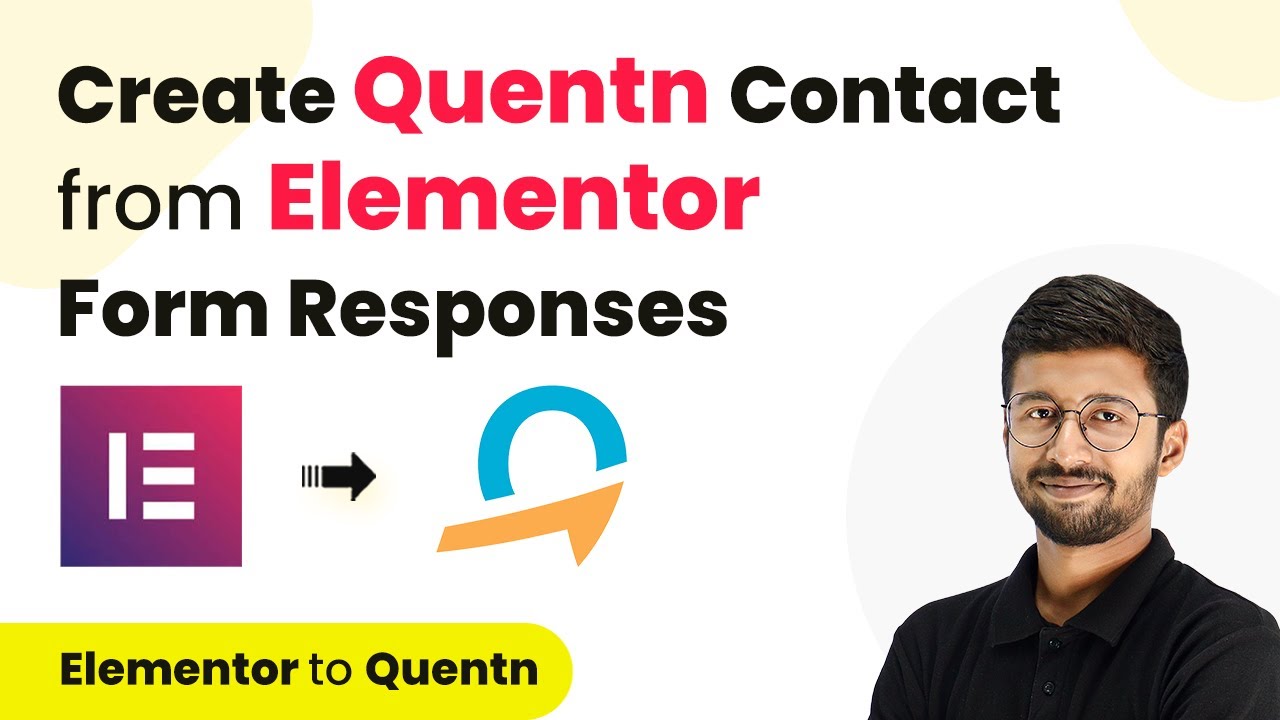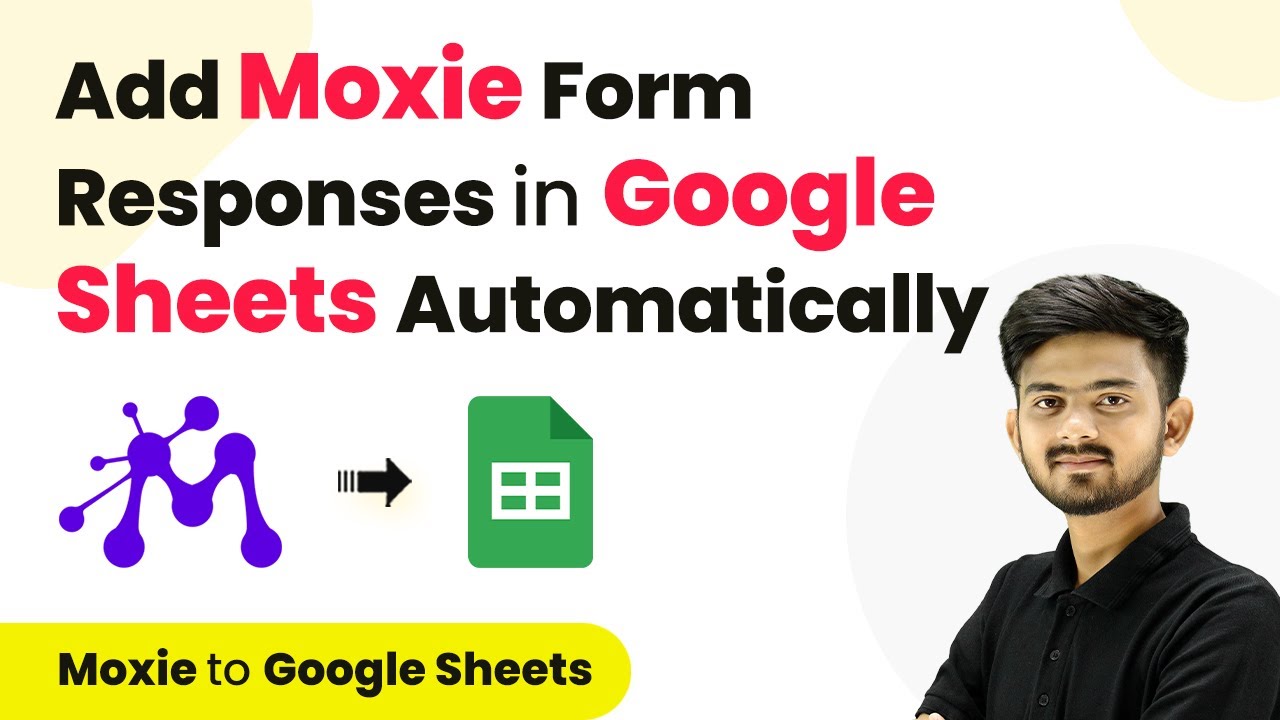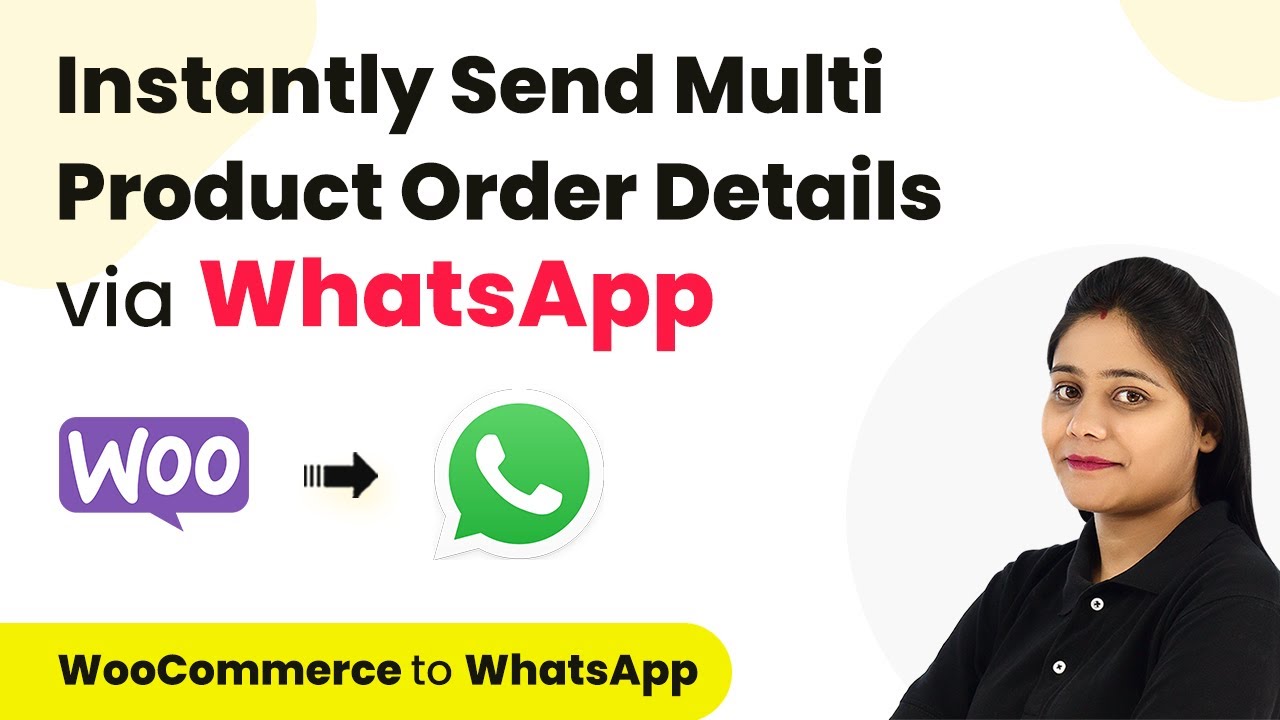Learn how to seamlessly integrate Facebook Lead Ads with Google Sheets using Pabbly Connect for your fertilizer business leads. Step-by-step tutorial included. Discover how to seamlessly connect your essential tools through accessible instructions that make powerful automation available to professionals at every skill level.
Watch Step By Step Video Tutorial Below
1. Accessing Pabbly Connect for Integration
To integrate Facebook Lead Ads with Google Sheets, we first need to access Pabbly Connect. This platform allows for seamless automation between various applications, making it ideal for managing leads.
Start by navigating to the Pabbly Connect website. If you don’t have an account, sign up for free, which takes just a couple of minutes. After signing in, you will be directed to the Pabbly Connect dashboard, where you can create workflows that automate your tasks.
2. Creating a New Workflow in Pabbly Connect
Once logged into Pabbly Connect, the next step is to create a new workflow. Click on the ‘Create Workflow’ button and name your workflow, for example, ‘Add Fertilizer Business Leads to Google Sheets.’ This will help you keep track of your automation tasks.
- Click ‘Create’ to initiate your workflow.
- Select the folder where you want to save your workflow.
- This will take you to the workflow setup page.
Here, you will see two main sections: Trigger and Action. The Trigger is the event that starts the workflow, while the Action is what happens as a result. For this integration, we will set Facebook Lead Ads as the Trigger application.
3. Setting Up Facebook Lead Ads as Trigger
In the Trigger section of Pabbly Connect, search for and select ‘Facebook Lead Ads’. You will then need to choose a Trigger event, which in this case is ‘New Lead Instant’. This event will activate every time a new lead is generated from your Facebook ads.
Next, click on ‘Connect’ to link your Facebook account. You will be prompted to authorize Pabbly Connect to access your Facebook Lead Ads account. After successful connection, you will need to select your Facebook page and the specific Lead Gen form you are using.
- Ensure your Lead Gen form is live before testing.
- Click ‘Save and Send Test Request’ to proceed.
At this point, Pabbly Connect will wait for a response from the Facebook Lead Ads form submission, which you can generate by filling out a test lead form.
4. Mapping Lead Details to Google Sheets
After successfully setting up the trigger, the next step in Pabbly Connect is to set up the Action, which will be Google Sheets. Begin by selecting Google Sheets as the Action application and choose the action event as ‘Add New Row’. This action will automatically add the lead details to your specified Google Sheet.
Connect your Google Sheets account by clicking on ‘Connect’ and allowing access. Once connected, select the spreadsheet you want to use, for example, ‘Facebook Leads’. You will then map the fields from the Facebook Lead Ads response to the corresponding columns in your Google Sheet.
Map the full name, email, phone number, and city fields. Click ‘Save and Send Test Request’ to verify the integration.
Once you see a successful response, check your Google Sheet to confirm that the lead details have been added automatically. This confirms that the integration between Facebook Lead Ads and Google Sheets through Pabbly Connect is working effectively.
5. Testing the Integration
To ensure that everything is functioning as intended, you can conduct a test by submitting another lead through your Facebook Lead Ads form. After submitting the form with dummy details, return to your Google Sheet to check if the new lead appears.
Repeat the process by filling out the lead form with different dummy data. Each time you submit the form, the new lead details should automatically populate in your Google Sheet, confirming that the workflow is successfully set up in Pabbly Connect.
Submit the form with different lead details. Check Google Sheets for the latest entries.
This testing phase is crucial to ensure that your integration is reliable and efficient, allowing you to manage leads effectively without manual entry.
Conclusion
In this tutorial, we explored how to integrate Facebook Lead Ads with Google Sheets using Pabbly Connect. By automating this process, you can efficiently manage leads, saving time and effort. This integration allows for real-time updates in your Google Sheets, ensuring you never miss a lead.
Ensure you check out Pabbly Connect to create business automation workflows and reduce manual tasks. Pabbly Connect currently offer integration with 2,000+ applications.
- Check out Pabbly Connect – Automate your business workflows effortlessly!
- Sign Up Free – Start your journey with ease!
- 10,000+ Video Tutorials – Learn step by step!
- Join Pabbly Facebook Group – Connect with 21,000+ like minded people!
